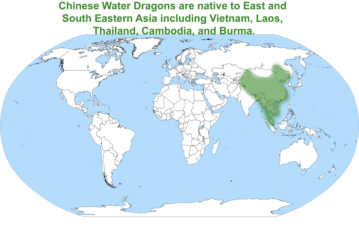Chinese Water Dragons
Reptilarium Animals
Chinese Water Dragon
Conservation status (Vulnerable)
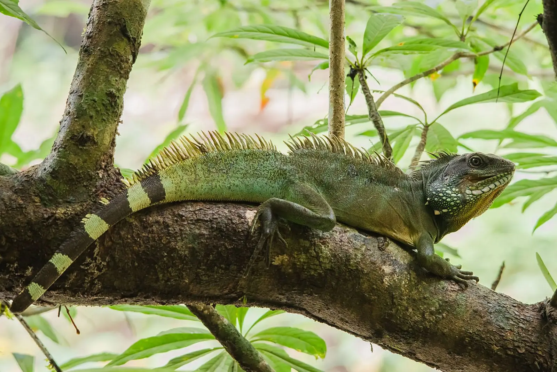

Chinese water dragons are native to southern China and southeastern Asia (Thailand, Vietnam, Laos, Cambodia, and Burma). They live in lowland and highland forests and are most commonly found along the banks of freshwater lakes, rivers, and streams.
Chinese water dragons are carnivores (insectivores, piscivores) but will supplement their diet with some vegetation. Their diet consists mainly of insects, small fish, mammals, or reptiles.
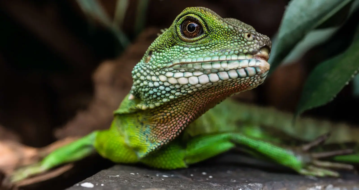
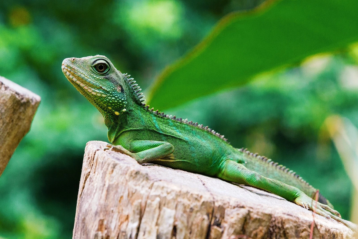
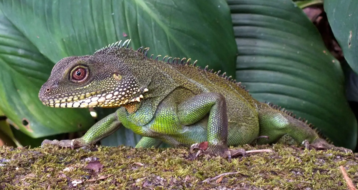
Chinese water dragons are social and live in groups consisting of one male and multiple females. They are active during the day (diurnal) and spend most of their time in the trees or plants (arboreal). If threatened, the dragon will drop from the trees into the water and either swims to safety or remain submerged for up to 90 minutes. Their tail can assist in swimming and can also be used as a weapon, for balance. Like many other reptiles, Chinese water dragons possess a small, iridescent, photosensitive spot between their eyes referred to as the pineal eye (or parietal eye, or the third eye). It is thought to help thermoregulate their bodies by sensing differences in light to assist with basking and seeking shelter after sunset. Since it recognises differences in light, the parietal eye can also help the lizard avoid predation from birds and other aerial threats, and can awaken from a deep sleep from even slight changes in light from overhead. When Chinese water dragons express aggression they puff up their throat, use head bobbing and arm waving, and, sometimes, chase each other.

